Once considered vandalism and chased by police through midnight alleys, street art has evolved into one of the most dynamic forms of urban cultural expression. Today’s city walls serve as massive canvases where local and international artists transform bland concrete into stunning social commentary, cultural celebration, and pure visual delight.
From European capitals where entire districts have become open-air galleries to South American cities where street art helped heal social wounds, these urban centers showcase how public art can transform communities and challenge our perceptions of what belongs in a museum. Grab your camera and comfortable shoes – these cities prove that sometimes the best galleries have no walls at all.
10. Lisbon, Portugal

Portugal’s sun-soaked capital has embraced street art with the same enthusiasm it shows for pastéis de nata and porto wine. The city’s steep hills and winding alleyways showcase everything from traditional Portuguese azulejo-inspired murals to massive contemporary pieces that span entire buildings.
The Bairro Alto neighborhood transforms from a sleepy daytime spot into an open-air gallery, while the LX Factory’s industrial walls host some of the city’s most innovative works. Municipal programs actively support street artists, providing legal walls and even cherry pickers for large-scale pieces. The result is a city where ancient tiles and modern spray paint create a unique visual dialogue about Portuguese identity, history, and future.
9. Toronto, Canada

Toronto’s street art scene proves that even the most polite nation on Earth has a rebellious streak. The city’s Graffiti Alley stretches for almost a kilometer, offering a rainbow-colored backdrop for Instagram influencers and wedding photos alike. But it’s in neighborhoods like Kensington Market and Queen West where street art truly shines, reflecting Toronto’s multicultural soul.
The annual STEPS Initiative transforms bland concrete into statements about environmental sustainability, while the city’s StART program funds massive murals that brighten dreary underpasses and building facades. Even corporate towers commission street artists, proving that Bay Street bankers have a wild side too.
8. Bristol, England

Banksy’s hometown has evolved from a street art incubator into a global powerhouse of urban creativity. The annual Upfest transforms the city into Europe’s largest street art festival, with artists scaling scaffolding while locals sip cider below. The Stokes Croft neighborhood serves as an unofficial outdoor gallery, where political statements share wall space with whimsical characters.
Nelson Street’s “See No Evil” project turned a drab office district into a vertical art exhibition. Bristol’s street art scene remains defiantly independent, mixing anti-establishment messages with technical brilliance. Even the local council has embraced the movement, protecting certain pieces with plastic sheets – though Banksy’s works still mysteriously appear overnight.
7. Istanbul, Turkey

Where East meets West, ancient meets modern, and street art meets calligraphy. Istanbul’s street art scene exploded during the 2013 Gezi Park protests, turning political resistance into visual poetry. The Kadıköy district on the Asian side has become an outdoor museum, with massive murals incorporating traditional Ottoman motifs alongside contemporary themes.
In Karaköy, artists transform abandoned buildings into colorful statements about gentrification and urban change. Local artists like Nuka and Leo Lunatic blend traditional Islamic art forms with modern street techniques, creating a uniquely Turkish urban aesthetic. Even the cats, Istanbul’s unofficial mascots, make frequent appearances in murals throughout the city.
6. Lodz, Poland

This former industrial powerhouse has reinvented itself as Poland’s street art capital. The Urban Forms Foundation has transformed Soviet-era concrete blocks into massive canvases, with some murals stretching over 10 stories high. What makes Lodz unique is the scale – these aren’t just murals but architectural interventions that change how residents see their city.
The contrast between grand pre-war architecture and contemporary street art creates a striking visual timeline of Polish history. Local artists tackle everything from the city’s textile heritage to modern political issues, while international artists add global perspectives to this industrial-chic gallery.
5. Bogota, Colombia

Colombia’s capital pulses with street art energy, from the historic La Candelaria district to the hipster haven of Chapinero. After decriminalizing graffiti in 2011, the city became a magnet for international artists while nurturing local talents.
Indigenous imagery mixes with contemporary social commentary, creating distinctly Colombian narratives. The annual Bogota Graffiti Tour has become as essential as visiting the Gold Museum.
What sets Bogota apart is how street art transcends class boundaries – you’ll find masterpieces in both wealthy neighborhoods and working-class communities, united by creativity and social consciousness.
4. Athens, Greece

While ancient Greeks painted pottery, modern Athenians paint everything else. The economic crisis sparked an explosion of street art, turning austerity anger into powerful visual statements. The anarchist neighborhood of Exarcheia serves as ground zero for political street art, while areas like Psyrri showcase more playful pieces.
Three-thousand-year-old ruins provide a stunning backdrop for contemporary urban expression. Local artists like INO create hyperrealistic works that could rival classical sculptures, while international artists add their voices to the visual dialogue about democracy’s birthplace facing modern challenges.
3. George Town, Malaysia

This UNESCO World Heritage site proves that street art can enhance, not damage, historical settings. Lithuanian artist Ernest Zacharevic started a revolution here with his interactive murals incorporating real objects – bicycles, swings, motorcycles – that visitors can pose with. Local artists followed suit, adding their own interpretations of Penang’s multicultural heritage.
The result is a city where Chinese shophouses, Indian temples, and colonial buildings serve as canvases for art that tells stories of local life. Steel rod sculptures with witty captions complement the painted works, creating a treasure hunt through narrow streets and hidden alleys.
2. Berlin, Germany

The city that turned a concrete wall into a canvas continues to push street art boundaries. The East Side Gallery, the longest remaining stretch of the Berlin Wall, stands as a monument to freedom and creativity. But it’s in neighborhoods like Kreuzberg and Friedrichshain where Berlin’s street art scene truly thrives. Urban Spree and other artist collectives provide legal spaces for experimentation, while abandoned buildings become temporary galleries.
What sets Berlin apart is its acceptance of street art as a legitimate cultural force – even high-end galleries showcase street artists alongside traditional works. The annual Berlin Mural Fest adds massive new pieces to the city’s already impressive collection.
1. Valparaiso, Chile

Built on impossible hills overlooking the Pacific, Valpo (as locals call it) is a vertical canvas of color and creativity. The city’s famous ascensores (funiculars) climb past walls covered in everything from simple tags to elaborate murals. The UNESCO World Heritage site status hasn’t stopped artists from adding their marks – instead, it’s encouraged more thoughtful integration of street art with historic architecture.
Cerro Alegre and Cerro Concepción neighborhoods are essentially open-air galleries where every turn reveals new masterpieces. Local artists tackle themes from indigenous rights to environmental protection, while the city’s port brings international influences that keep the scene fresh and evolving.

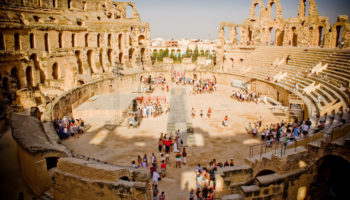
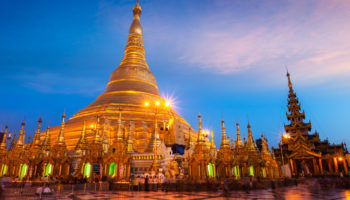


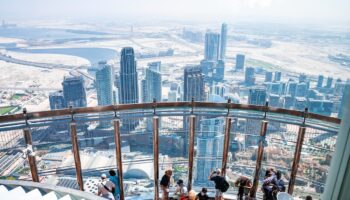


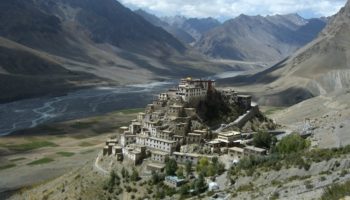
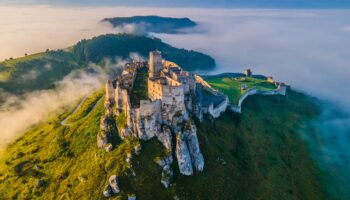
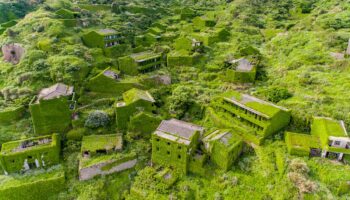
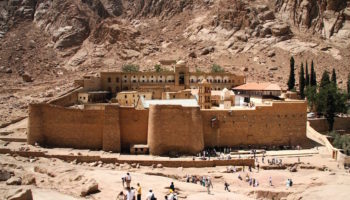

Leave a Reply